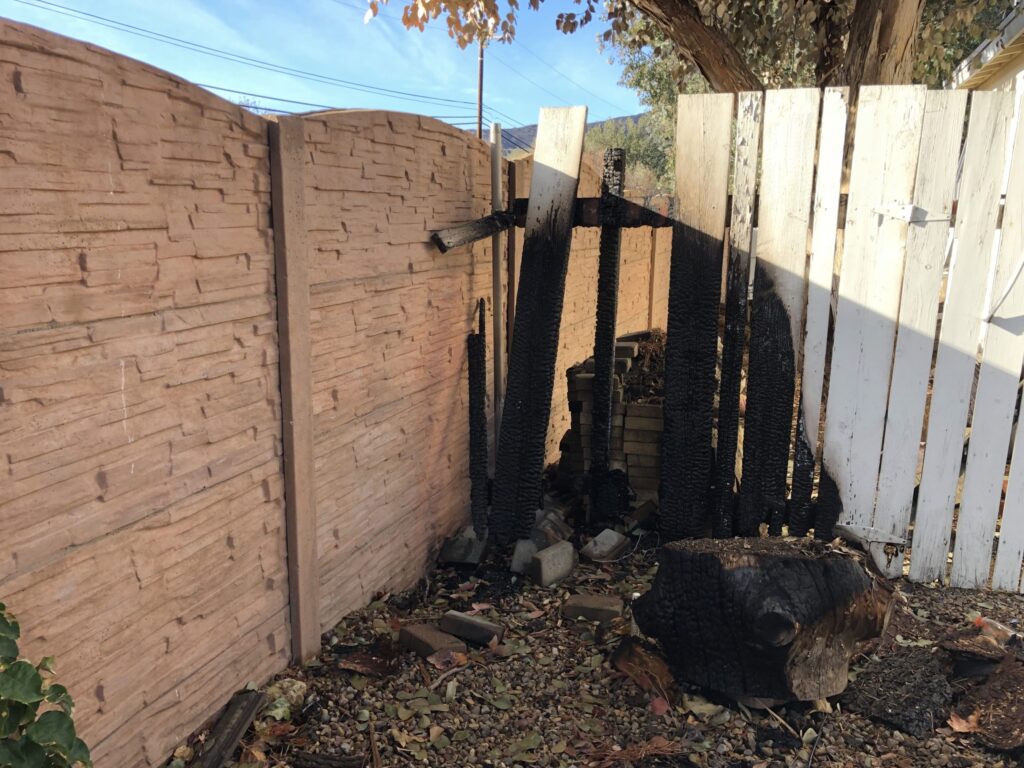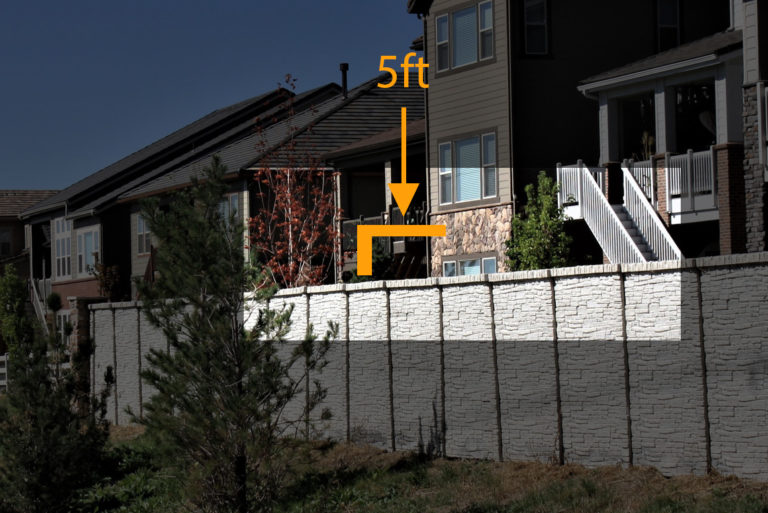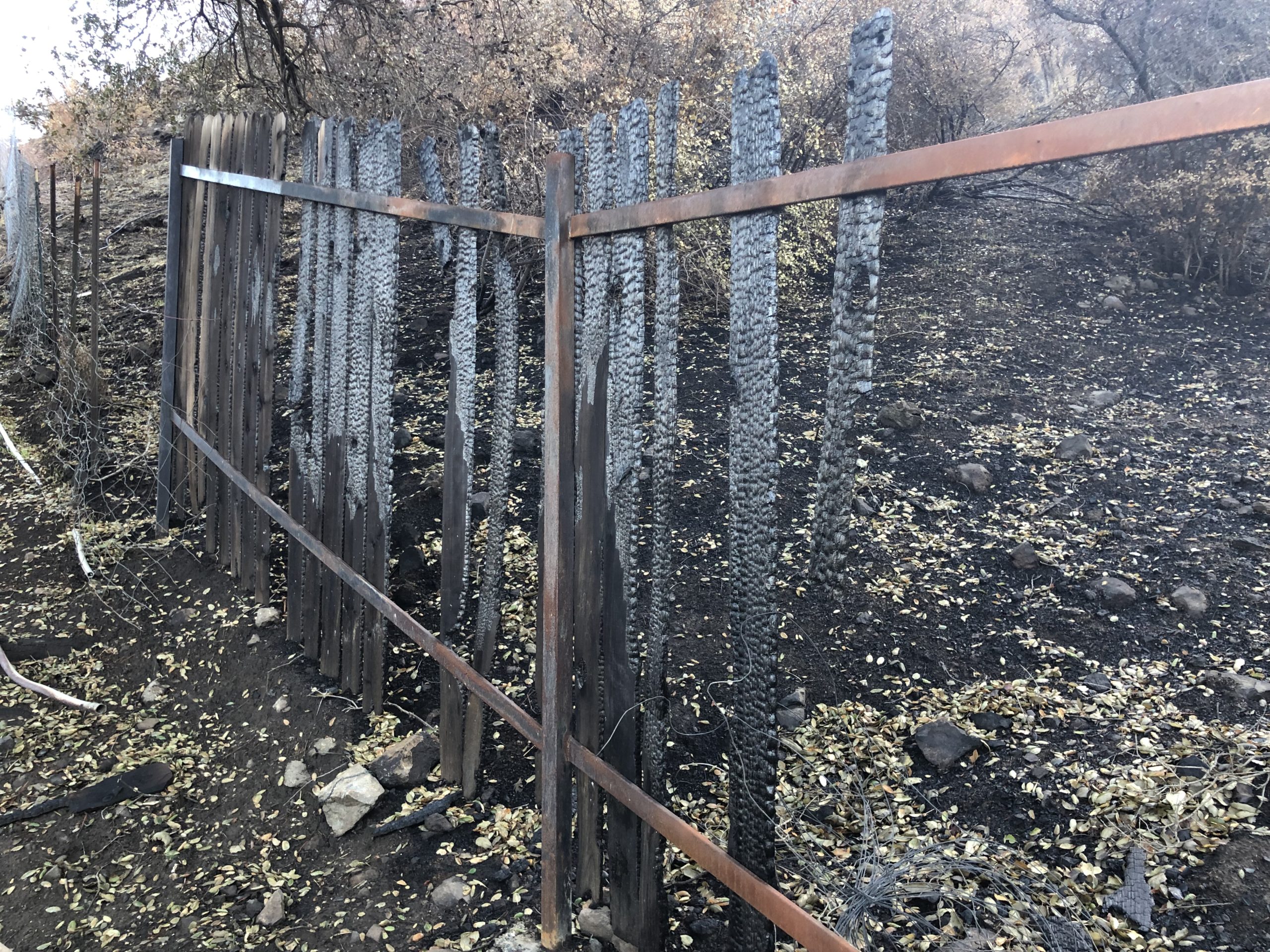Are you looking to expand your knowledge about fences and make informed decisions when selecting and installing them? Look no further than “52. Fire-Resistant Fences: Protection and Safety Measures,” a comprehensive blog dedicated to providing valuable information about various types of fences, their sizes, shapes, materials, and suitability for different purposes. Whether you’re interested in enhancing privacy, ensuring security, enclosing a backyard, or adding decorative elements to a property, this blog has got you covered. With insightful posts that delve into the intricacies of fence characteristics, advantages, durability, maintenance requirements, and aesthetic appeal, you’ll be equipped with the knowledge needed to make the best fence-related decisions. Stay tuned for a wide range of fence-related topics that will be covered in this engaging and informative blog.
Fire-Resistant Fences: Protection and Safety Measures
Fire-resistant fences play a crucial role in protecting properties from wildfires and ensuring the safety of individuals and their homes. Understanding the importance of these fences is essential for anyone living in areas prone to wildfires. In this article, we will explore the different types of fire-resistant fences, evaluate fire-resistant materials, discuss regulations and standards, consider design considerations, and explore installation and maintenance options. Let’s dive in!

1. Understanding the Importance of Fire-Resistant Fences
Living in wildfire-prone areas requires taking necessary precautions to safeguard your property and loved ones. Fire-resistant fences act as a barrier against fire, protecting the property from quickly spreading flames and radiant heat. These fences can prevent or delay the ignition of flammable materials, reducing the risk of fire damage.
2. Types of Fire-Resistant Fences
There are various fire-resistant fence options available in the market. Each type offers unique characteristics and benefits. Let’s explore some popular options:
A. Metal Fences
Metal fences, such as steel or aluminum, are highly fire-resistant and are known for their durability. These fences have non-combustible properties, making them a reliable choice for fire-prone areas. Metal fences can withstand high temperatures and can prevent flames from traveling through the fence.
B. Composite Fences
Composite fences are made from a combination of wood and plastic fibers, offering fire-resistant qualities. These fences are low maintenance and provide the appearance of natural wood, making them aesthetically pleasing. Composite fences are known for their durability and resistance to insects and rot.
C. Masonry Fences
Masonry fences, including brick or stone walls, are inherently fire-resistant due to their non-combustible materials. These fences provide excellent protection against fires and add an elegant and timeless appeal to properties. Masonry fences require professional installation and proper maintenance.
D. Vinyl Fences
Vinyl fences are made from PVC (polyvinyl chloride) material, which is classified as a self-extinguishing material. Although not entirely fireproof, vinyl fences have low flame spread ratings, making them a suitable choice for fire-resistant fences. They are also known for their versatility and low maintenance requirements.
E. Concrete Fences
Concrete fences are incredibly durable and offer high resistance against fires. These fences are made from reinforced concrete panels and provide excellent security and privacy along with exceptional fire resistance. While the initial cost may be higher, concrete fences are long-lasting and require minimal maintenance.
3. Evaluating Fire-Resistant Materials for Fences
When considering fire-resistant materials for fences, several options can enhance the fire resistance of the fence structure. Let’s explore some commonly used materials:
A. Fire-Retardant Wood
If you prefer the natural look of wood fences, you can opt for fire-retardant wood. These woods are treated with chemicals that significantly increase their fire resistance. Fire-retardant wood can slow down the spread of fire and provide extra time for evacuation or firefighter intervention.
B. Fire-Resistant Coatings
Applying fire-resistant coatings to wooden fences or other materials can enhance their fire-resistant properties. These coatings create a protective barrier that inhibits the ignition of the fence. There are various types of fire-resistant coatings available, including intumescent paints and fire-resistant sprays.
C. Fire-Resistant Vegetation
In fire-prone areas, it is essential to consider the vegetation surrounding the fence. Choosing fire-resistant plants and maintaining adequate clearance around the fence can reduce the risk of fire spreading. Coniferous trees and shrubs with high resin content should be avoided near fire-resistant fences.
4. Regulations and Standards for Fire-Resistant Fences
When installing fire-resistant fences, it is crucial to adhere to local building codes, homeowner’s association rules, and wildfire safety guidelines. Let’s explore these regulations and standards:
A. Local Building Codes
Local building codes define the requirements for fire-resistant fences in specific areas. These codes provide guidelines for materials, construction methods, and clearances. It is essential to consult with local authorities or a professional fence installer to ensure compliance with these codes.
B. Homeowner’s Association Rules
If you live in a community governed by a homeowner’s association (HOA), there may be specific rules and regulations regarding fence installation. It is important to review the HOA guidelines to ensure that the chosen fire-resistant fence meets their requirements.
C. Wildfire Safety Guidelines
Wildfire safety guidelines issued by local authorities provide valuable information on creating defensible space and protecting properties from wildfires. These guidelines may include recommendations for fire-resistant fences and appropriate vegetation management practices.

5. Design Considerations for Fire-Resistant Fences
Designing fire-resistant fences involves careful consideration of various factors that contribute to the overall safety and effectiveness of the fence. Let’s explore some important design considerations:
A. Fire-Safe Landscaping
Incorporating fire-safe landscaping practices around the fence can enhance its effectiveness in fire protection. This includes maintaining proper clearance from vegetation, choosing fire-resistant plants, and creating a well-irrigated and well-maintained landscape.
B. Proper Fence Placement
The location of the fence on the property plays a crucial role in its fire resistance. Placing the fence at an appropriate distance from the house and other structures can provide a buffer zone, reducing the chances of fire spreading to the property.
C. Maintaining Adequate Clearance
Maintaining sufficient clearance between the fence and potential fuel sources, such as shrubs or trees, is vital. This clearance helps prevent flames from reaching the fence and minimizes the risk of ignition.
D. Creating Firebreaks
Designing the landscape to include strategic firebreaks can offer additional protection to the property. Firebreaks are areas with reduced fuel loads, such as gravel or concrete paths, which impede the spread of fire and provide a safe zone.
6. Installation and Maintenance of Fire-Resistant Fences
Proper installation and regular maintenance are essential for the optimal performance of fire-resistant fences. Let’s explore some key considerations:
A. Professional Installation vs. DIY
While some homeowners may opt for DIY installation, professional installation ensures proper alignment, structural integrity, and compliance with building codes. Hiring experienced fence installers can save time, effort, and provide peace of mind regarding the quality and safety of the fence.
B. Fire-Resistant Fence Maintenance
Regular maintenance of fire-resistant fences is crucial to prolong their lifespan and maintain their fire-resistant qualities. This includes periodic cleaning, sealing, and repairing any damaged sections or coatings. Any vegetation near the fence should also be regularly trimmed and maintained.
C. Fence Inspections
Routine inspections by homeowners or professionals are recommended to identify any potential weaknesses or maintenance needs. Regular inspections help detect any degradation in the fire resistance of the fence and allow for timely repairs or improvements.
D. Repairing or Replacing Damaged Fences
In case of any damage to fire-resistant fences, it is essential to repair or replace the affected sections promptly. Damaged areas compromise the overall fire resistance of the fence and must be addressed to ensure maximum protection.

7. Fireproofing Existing Fences
If you already have a fence installed and wish to enhance its fire resistance, several techniques can be employed. Let’s explore some fireproofing options:
A. Retrofitting Techniques
Retrofitting techniques involve adding fire-resistant materials or coatings to existing fences. These techniques can include adding fire-resistant panels, applying fire-retardant coatings, or installing fire-resistant vegetation barriers.
B. Adding Fireproof Layers
Adding fireproof layers to the existing fence structure can significantly improve its fire resistance. This can involve attaching fire-resistant panels or sheets to the fence or incorporating fire-retardant materials between or over the existing fence components.
C. Enhancing Structural Integrity
Strengthening the structural integrity of the fence can also enhance its fire resistance. This can be achieved by reinforcing posts, securing loose or damaged sections, and ensuring proper attachment of all components.
8. Fire-Resistant Fences and Insurance Coverage
The installation of fire-resistant fences can have implications for homeowner’s insurance policies. Let’s explore the relationship between fire-resistant fences and insurance coverage:
A. Homeowner’s Insurance Policies
Some insurance companies offer discounts or premium reductions for homeowners who have fire-resistant fences installed. Contacting your insurance provider and inquiring about available discounts can help in reducing insurance costs.
B. Fire Mitigation Discounts
Installing fire-resistant fences can qualify homeowners for fire mitigation discounts. These discounts are offered by insurance companies to incentivize homeowners to take proactive measures to protect their properties against wildfires.

9. Fire-Resistant Fences vs. Firebreaks
Understanding the difference between fire-resistant fences and firebreaks is essential when considering wildfire protection strategies. Let’s explore their characteristics:
A. Understanding the Difference
Fire-resistant fences are physical barriers that offer protection by delaying or preventing the spread of flames. Firebreaks, on the other hand, are cleared areas devoid of flammable materials, designed to impede the progress of a fire.
B. Combined Effectiveness
Fire-resistant fences and firebreaks work hand in hand to provide a comprehensive defense against wildfires. When properly designed and implemented, the combined effectiveness of both measures can significantly enhance the safety of the property.
10. Benefits and Limitations of Fire-Resistant Fences
As with any type of fence, fire-resistant fences have their own set of benefits and limitations. Let’s explore these factors:
A. Protection against Wildfires
The primary benefit of fire-resistant fences is their ability to protect properties from wildfires. These fences provide a layer of defense, reducing the risk of ignition and limiting the spread of fires.
B. Enhanced Property Value
Investing in fire-resistant fences can enhance the value of your property. In wildfire-prone areas, having fire-resistant features in the home and surrounding landscape can be appealing to potential buyers.
C. Maintenance and Longevity
Fire-resistant fences generally require less maintenance compared to traditional fences. Their materials are designed to be durable and withstand harsh conditions, reducing the need for frequent repairs or replacements.
D. Cost Considerations
While fire-resistant fences offer significant benefits, the initial cost of installation may be higher compared to conventional fences. However, considering the long-term benefits and potential insurance discounts, the investment can be worthwhile.
At the end of the post, here are some common questions and answers about fire-resistant fences:
-
What is the purpose of a fire-resistant fence?
- A fire-resistant fence acts as a barrier against fire, protecting the property from spreading flames and radiant heat.
-
Are all types of fences fire-resistant?
- No, not all fences are inherently fire-resistant. However, there are specific fence materials and designs that offer greater fire resistance.
-
How can fire-resistant coatings enhance the fire resistance of a fence?
- Fire-resistant coatings create a protective barrier on the fence, inhibiting the ignition of the fence material and slowing down the spread of fire.
-
Can existing fences be made fire-resistant?
- Yes, existing fences can be retrofitted with fire-resistant materials or coatings to enhance their fire resistance.
-
Do fire-resistant fences require special maintenance?
- While fire-resistant fences generally require less maintenance, regular cleaning, sealing, and repairing of damaged sections or coatings are recommended.
-
Can fire-resistant fences reduce insurance costs?
- Yes, some insurance companies offer discounts or premium reductions for homeowners who have fire-resistant fences installed. It is advisable to contact your insurance provider to inquire about available discounts.
-
What is the difference between a fire-resistant fence and a firebreak?
- A fire-resistant fence is a physical barrier that delays or prevents the spread of flames. A firebreak, on the other hand, is a cleared area devoid of flammable materials designed to impede the progress of a fire.
-
How can fire-resistant fences enhance property value?
- In wildfire-prone areas, having fire-resistant features, including fences, can increase the appeal and perceived value of a property.
-
Are fire-resistant fences suitable for all areas?
- Fire-resistant fences are particularly useful in areas prone to wildfires. However, their suitability may vary depending on specific local conditions and regulations.
-
What are the cost considerations associated with fire-resistant fences?
- While fire-resistant fences may have a higher initial cost compared to conventional fences, considering their long-term benefits and potential insurance discounts can make the investment worthwhile.

